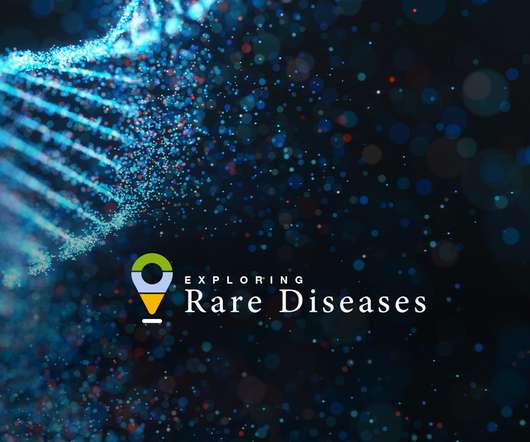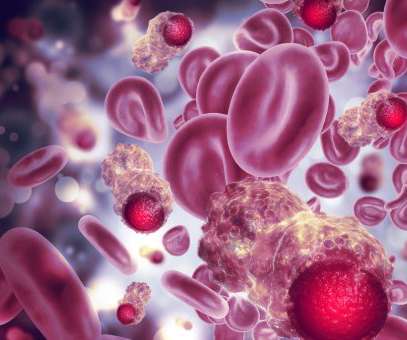Genomic projects exploit scale as clinical applications play catch-up
Pharmaceutical Technology
JUNE 30, 2022
In a Nature publication , Florian Markowetz, PhD, and his fellow researchers analyzed copy number signatures across a number of cancers, and found 17 types of chromosomal instability while identifying 49 new drug targets. Space for discovery, development, and repurposing of drugs. Both teams had the same underlying goal.














Let's personalize your content